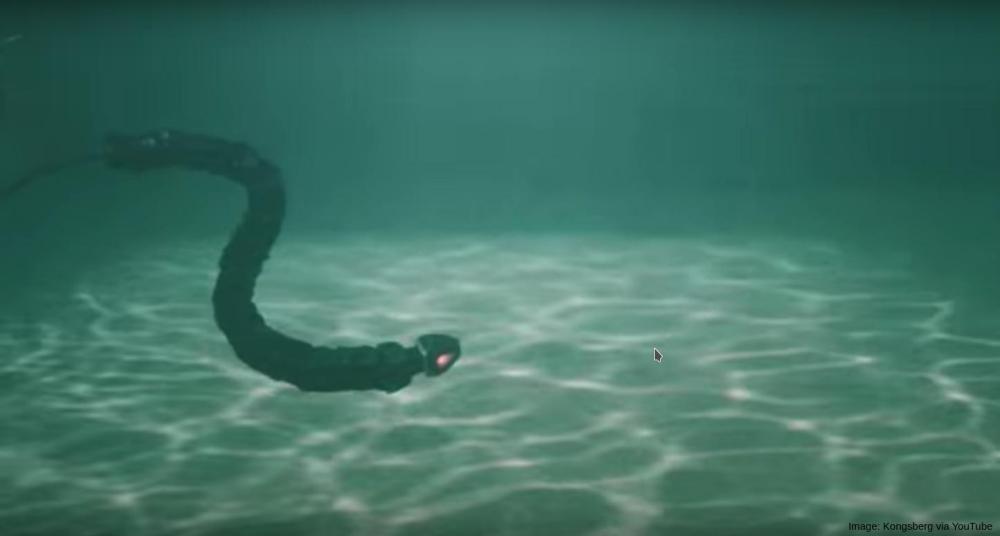Swimming snake robots
A bio-inspired solution for subsea inspection and intervention
Swimming snake robots are motivated by the long, slender and flexible body of biological snakes, which allows them to move in virtually any environment on land and in water. The swimming snake robot is a highly flexible and dexterous manipulator arm that can move underwater by itself. This highly flexible snake-like mechanism have excellent accessibility properties; it can for instance access virtually any location on a subsea oil and gas installation, move into the confined areas of ship wrecks, or be used for observation of biological systems. Furthermore, not only can the swimming manipulator access narrow openings and confined areas, but it can also carry out highly complex manipulation tasks at this location since manipulation is an inherent capability of the system. By incorporating the propulsion system and the manipulation capabilities in the same mechanical structure, this vehicle becomes highly compact and is able to bring inspection and intervention capabilities to locations where ROVs today cannot operate. In the longer term, this may enable reduced size and cost of subsea production systems.
In this talk, I will present swimming snake robots as a new solution for subsea inspection and intervention, and I will present recent research results on swimming manipulators, including both theoretical and experimental results.

Prof. Kristin Y. Pettersen, NTNU, Norway

Kristin Y. Pettersen is a Professor in the Department of Engineering Cybernetics, NTNU where she has been a faculty member since 1996. She was Head of Department 2011-2013, Vice-Head of Department 2009-2011, and Director of the NTNU ICT Programme of Robotics 2010-2013. In the period 2013 – 2022 she is also Key Scientist at the CoE Centre for Autonomous Marine Operations and Systems (NTNU AMOS). She is CEO of the spin-off company Eelume AS.
She received the MSc and PhD degrees in Engineering Cybernetics at NTNU, Trondheim, Norway, in 1992 and 1996, respectively. She has published more than 200 international papers for conferences and journals, and her research interests focus on nonlinear control of mechanical systems with applications to robotics, with a special emphasis on marine robotics and snake robotics. She has served as a member of the Editorial Board of Simulation Modeling Practice and Theory, IEEE Transactions on Control Systems Technology and IEEE Control Systems Magazine. She was a member of the Board of Governors of IEEE Control Systems Society 2012 - 2014, and she has also held several board positions in industrial and research companies.